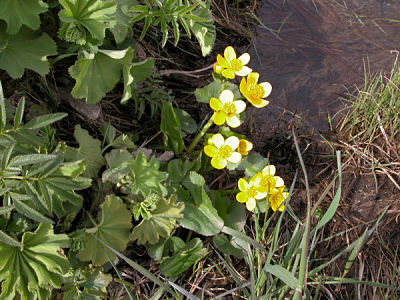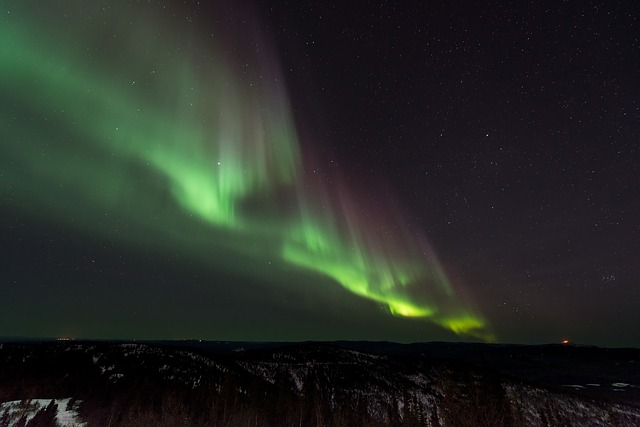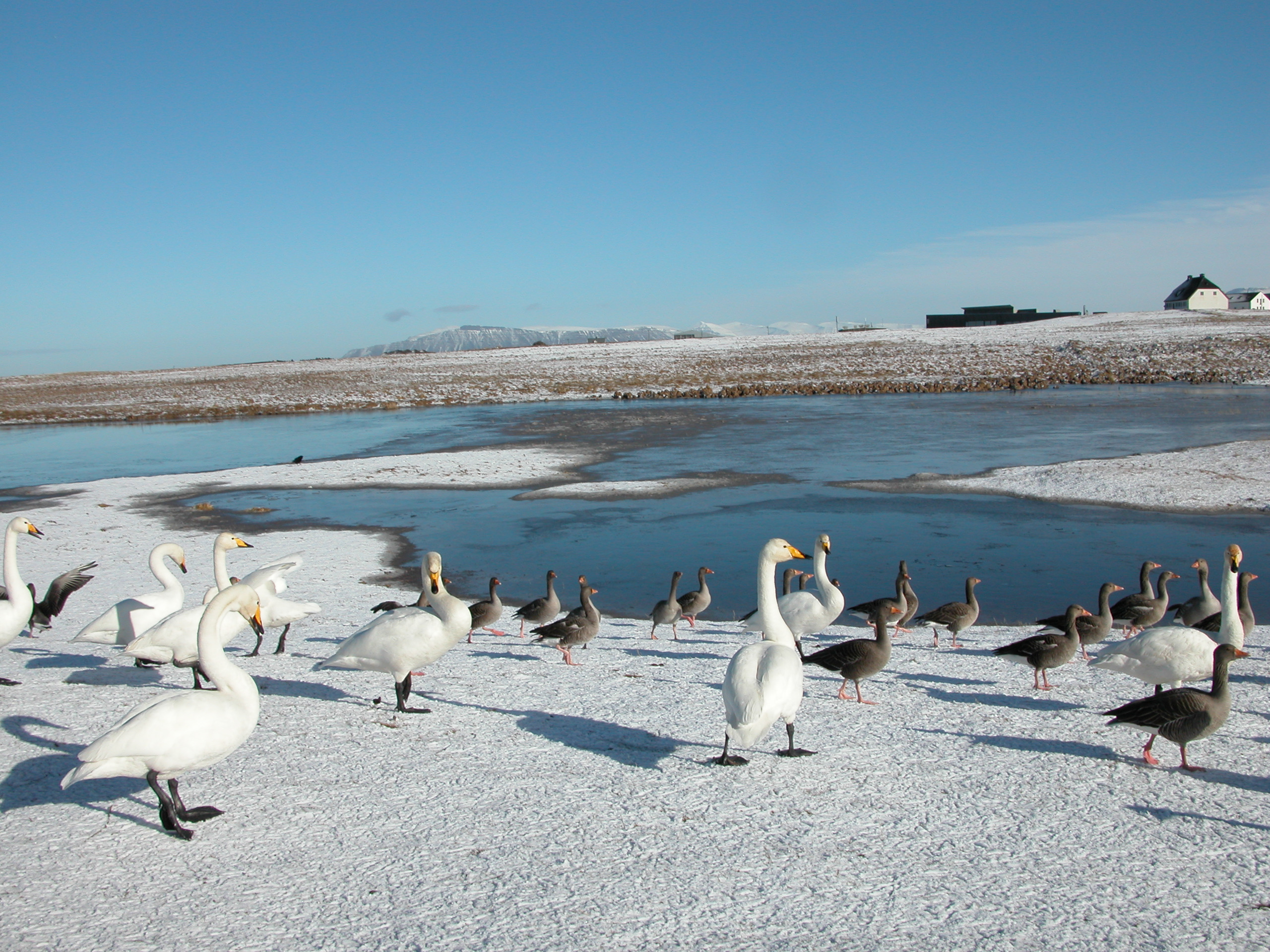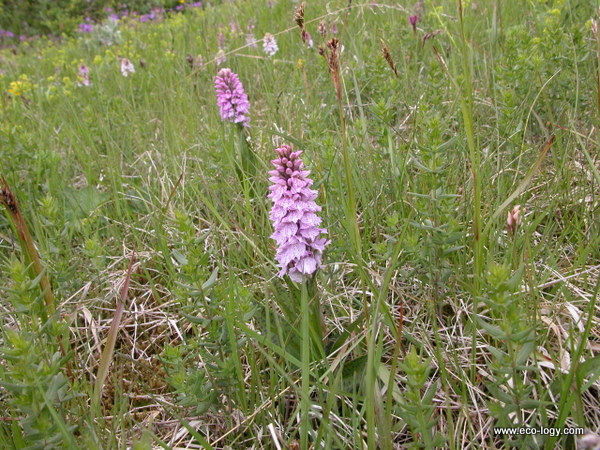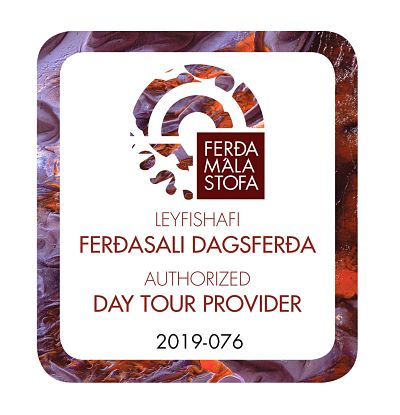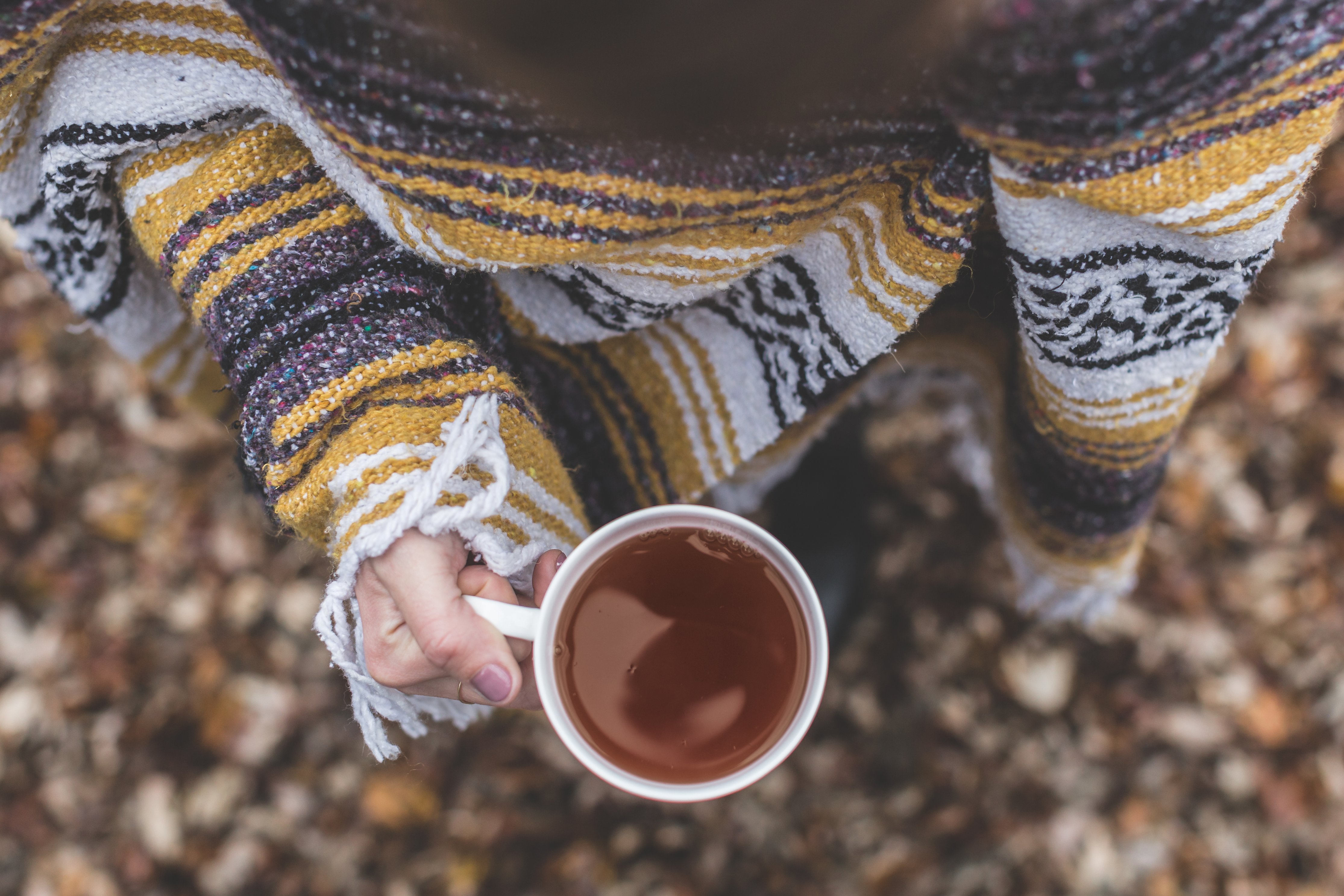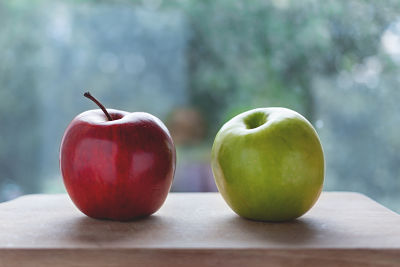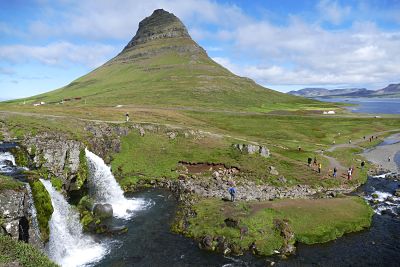The Green Tabloid
Water, soil and Earth's green biosphere are the support system for animal life on planet Earth. Plants are a part of the continuum of life, where the important interactions of plants and animals occur. While both herbicides and pesticides have been with us for decades, and provide us humans with partial control over nature, the use of these compounds must constantly be reconsidered to improve methods for reducing their harmful effects to living beings in ecological food chains. Our garden hedges are homes for pollinating butterflies, beetles, bees and dipteran flies. Many of these insects are necessary for our cultivation efforts and the destruction of their homes remains questionable. Similarly, herbicides may destroy fertile soils, and as much as we would like to clear our gardens of weeds, the weeds are an indication of a healthy, organic garden. Herbicides and pesticides often end up in undesirable places in nature. Many toxic chemicals also have a way of persisting in the environment, both in food and water supplies for wildlife and humans.
A toxic chemical, an insecticide or herbicide, may be sprayed or dusted onto crop plants. The chemical may enter the soil or remain on the plant's leaves until rain or irrigation washes the chemical further into ground-water, rivers and oceans. While high concentrations of toxic chemicals seldom accumulate in the hydrological systems, many compounds are found in higher concentration in fish and waterfowl as well as human beings. All in all, caution is needed in the use of pesticides and herbicides, while exploring alternative ways of keeping our garden and crop plants healthy.
Skráðu þig til að fá Gróðurfréttir! - Sign up to receive Botany News!

